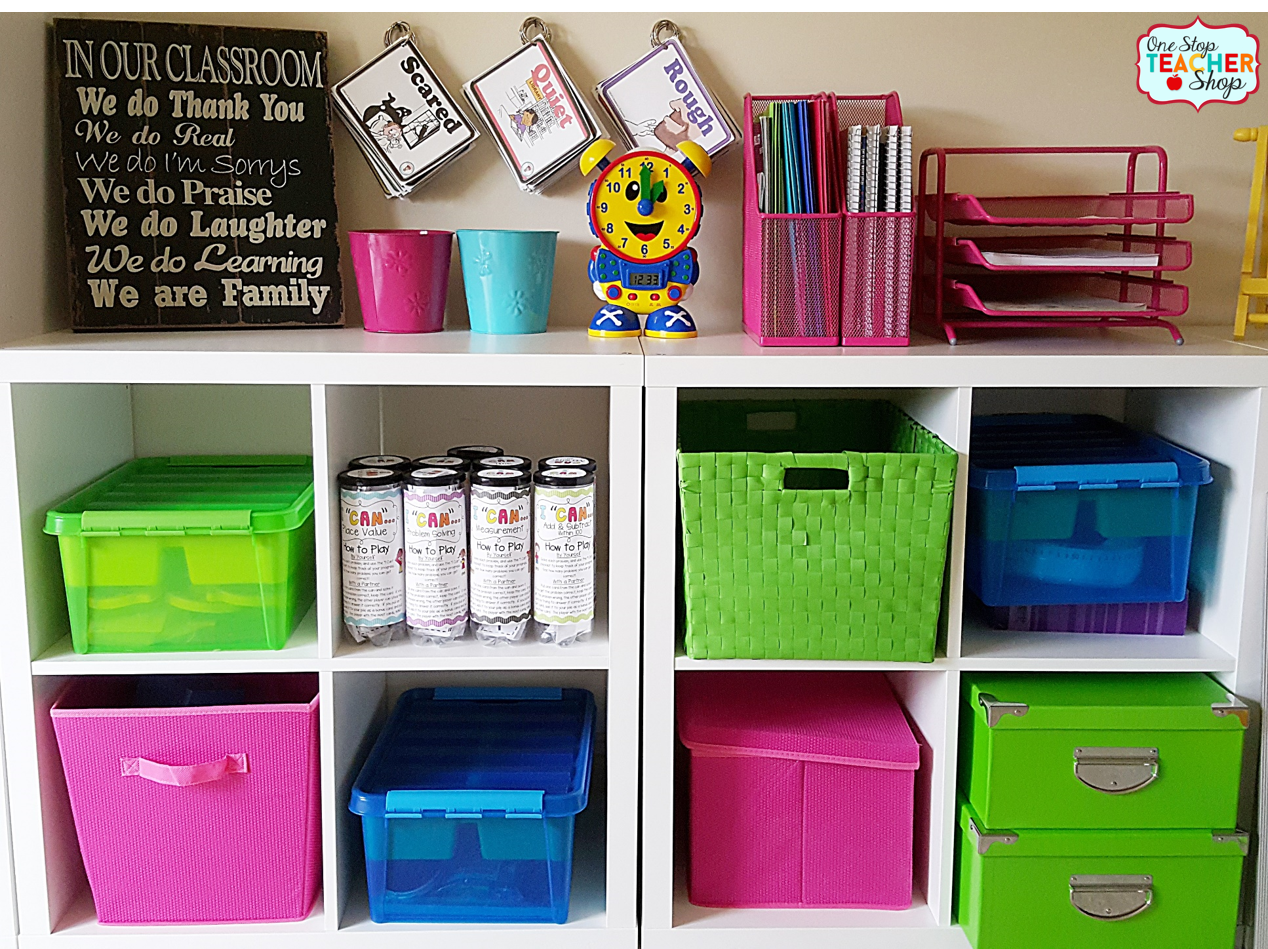
Introduction
In a classroom setting, it is essential to establish a culture of responsibility and teamwork among students. One effective way to achieve this is through implementing a classroom jobs system. By assigning various tasks to students, they not only develop valuable skills but also contribute to the overall organization and management of the classroom. This article will explore the importance of classroom jobs organization and provide practical tips for its successful implementation.

Benefits of Classroom Jobs
Assigning classroom jobs to students offers numerous benefits. Firstly, it instills a sense of responsibility and ownership among students as they take charge of specific tasks. This helps in fostering a positive classroom environment where everyone has an active role in maintaining order and cleanliness. Additionally, classroom jobs promote the development of vital life skills such as time management, organization, and teamwork. Students learn to prioritize their responsibilities and work collaboratively with their peers, preparing them for future endeavors.

Types of Classroom Jobs
There are various types of classroom jobs that can be assigned to students based on their abilities and interests. Some common examples include:
- Line Leader
- Paper Monitor
- Librarian
- Attendance Taker
- Classroom Cleaner
- Materials Manager
- Pencil Sharpener
- Calendar Keeper

Implementing a Classroom Jobs System
When introducing a classroom jobs system, it is crucial to establish clear expectations and procedures. Here are some steps to follow:
- Identify job roles: Determine the specific tasks that need to be carried out in the classroom and assign job roles accordingly. Consider the interests and abilities of your students.
- Create a job chart: Develop a visually appealing job chart that clearly displays each student's assigned task. This serves as a visual reminder for both students and teachers.
- Explain job responsibilities: Take the time to explain each job's responsibilities and expectations to the students. Demonstrate how tasks should be completed effectively.
- Rotate jobs: Rotate the assigned jobs on a regular basis to provide students with the opportunity to experience different roles and develop a broader skill set.
- Provide support: Offer support and guidance to students as they perform their assigned tasks. Encourage them to seek help when needed and provide constructive feedback.

Encouraging Student Engagement
To ensure active student engagement in the classroom jobs system, consider the following strategies:
- Reward system: Implement a reward system to recognize students' efforts and achievements in their assigned jobs. This can be as simple as verbal praise, stickers, or small incentives.
- Job rotations: Allow students to switch jobs periodically, enabling them to explore different responsibilities and avoid monotony.
- Student input: Involve students in the decision-making process by allowing them to choose their preferred jobs or suggest new job roles.
- Job reflection: Encourage students to reflect on their experiences and share their thoughts about their assigned jobs. This promotes self-awareness and continuous improvement.

Conclusion
Implementing a classroom jobs system is a valuable approach to promote responsibility, teamwork, and organization among students. By assigning specific tasks, students develop important life skills and contribute to the overall functioning of the classroom. Remember to establish clear expectations, provide support, and encourage student engagement to maximize the effectiveness of the system. With a well-organized classroom jobs system in place, students will thrive in a collaborative and productive learning environment.